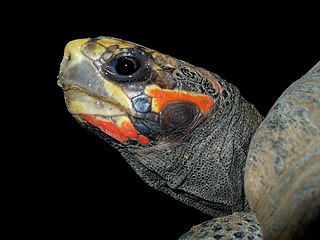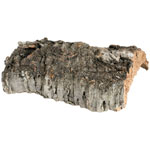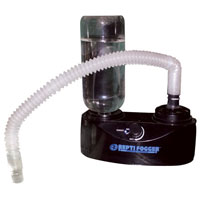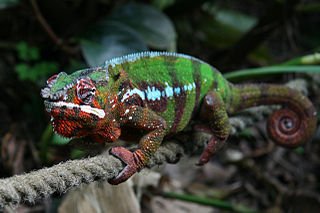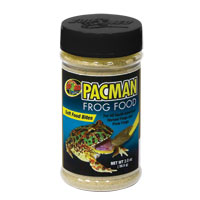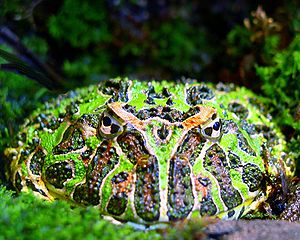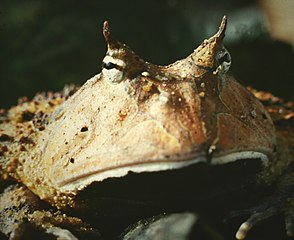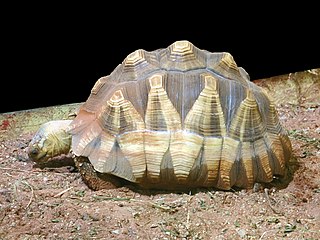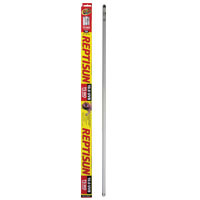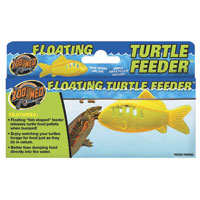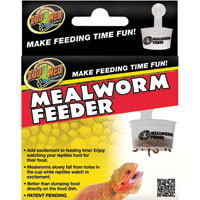Today I’d like to offer some gift suggestions for the herps and herp owners on your holiday shopping list. Several are items that we just never seem to think of, despite the fact that they can lighten our workload and improve our pets’ quality of life. Others can be classified as critical life support equipment for certain creatures. Included are some that I have tended to do without – until I saw how much easier life became with them! Please see the linked articles and post questions below if you’d like further information on any of the products covered here.
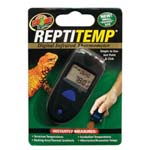 ReptiTemp Digital Infrared Thermometer
ReptiTemp Digital Infrared Thermometer
I’ve highlighted the Zoo Med ReptiTemp Digital Infrared Thermometer in other gift-oriented articles, but it deserves a re-mention here. This wonderful product allows us to remotely sense temperatures and can also be set to continuously record. Most importantly, the critical task of establishing a temperature gradient is greatly simplified. Amazing technology for a very reasonable price…I was hooked on the idea from the moment I first used the original, bulky prototypes in zoos years ago.
Forest Tortoise/Box Turtle and Grassland Tortoise Kits
American Box Turtles and many tortoises can make wonderful, long-lived pets, but their specific needs are not always fully understood by new owners. Our Forest Tortoise/Box Turtle and Grassland Tortoise Set-Ups contain much of what you’ll need when getting started with a variety of species, including Russian, Greek, Sulcata and Red-Foot Tortoises and American and Asian Box Turtles. I especially like the fact that Zoo Med products are included among the heating, UVB, diet and other supplies found in each kit.
This suggestion may sound odd at first, but throughout my zoo-keeping and pet-keeping careers, cork bark has proven indispensable in so many ways – yet an ideal-sized piece is rarely at hand when needed! We ordered it by the skid-load at the Bronx Zoo, but always needed more.
Large rolled sections look great in terrariums and can serve as “hollow logs” for both arboreal and terrestrial snakes, lizards, frogs, tarantulas and others, while flat pieces make great sheltering spots for most anything that needs a place to hide. I wedge pieces between aquarium glass to create convenient, smooth resting sites for turtles, newts and frogs. By positioning the bark just below the water’s surface you can also provide the submerged sites favored by musk and other aquatic turtles and many amphibians. I could go on, and I’m sure most readers have found other uses as well. Trust me, the herpers on your gift list will appreciate all the cork bark you might send their way!
Zoo Med’s Repti Fogger, with a 1-liter reservoir, will be very useful to those keeping Emerald Tree Boas, Red-Eyed treefrogs and other rainforest-adapted species. It may also help to stimulate breeding, and is nearly indispensable to rainforest herp fans living in dry climates.
The Exo-Terra Monsoon Rainfall System parallels models I’ve relied upon for years in zoos. Frogs and other herps that come into breeding condition in response to rain often respond to artificial showers as well. Able to deliver multiple “storms” ranging from 1 second to 2 hours in duration over a 24 hour period, the Monsoon System can be programmed to meet the needs of the species you keep.
Portable Screen Cages
No bulb, no matter how well-designed, comes close to mimicking the UVA and UVB levels provided by the sun – even when it is shielded by clouds! Zoo Med Repti Breeze Screen Cages, available in 3 sizes, offer herp keepers a means of providing chameleons and other lizards with natural sunlight while assuring ample ventilation. An aluminum frame renders the cages very light in weight, so that carrying them outdoors is a snap (be sure take predators and possibility over-heating into account). Repti Breeze cages also make fine permanent homes for mantids and other insects, anoles and many other arboreal lizards.
Further Reading
 That Reptile Blog – Reptile, Amphibian and Exotic Pet Care and Information
That Reptile Blog – Reptile, Amphibian and Exotic Pet Care and Information

